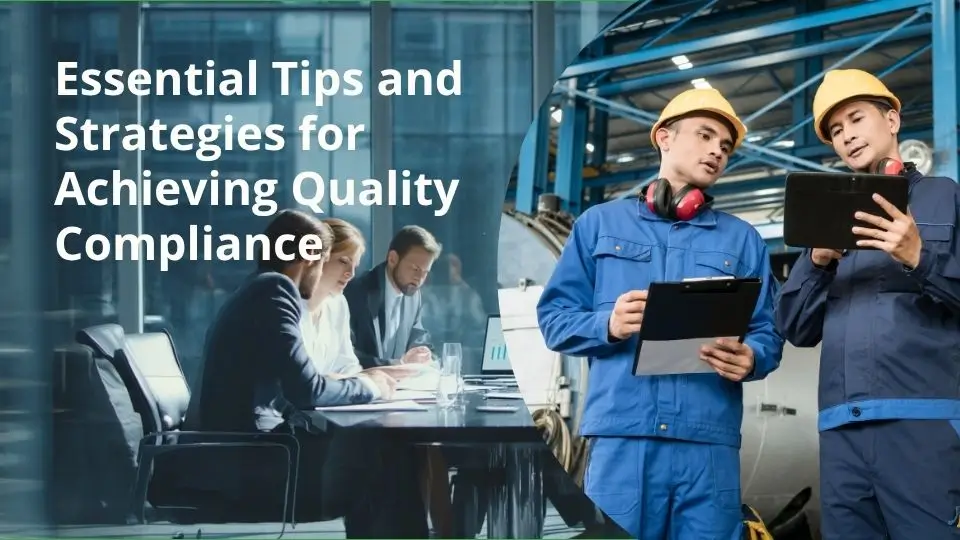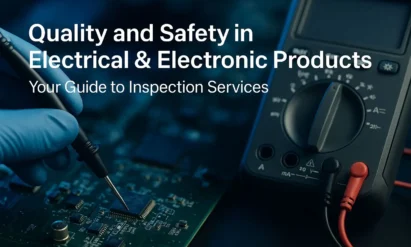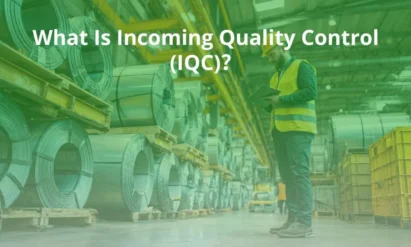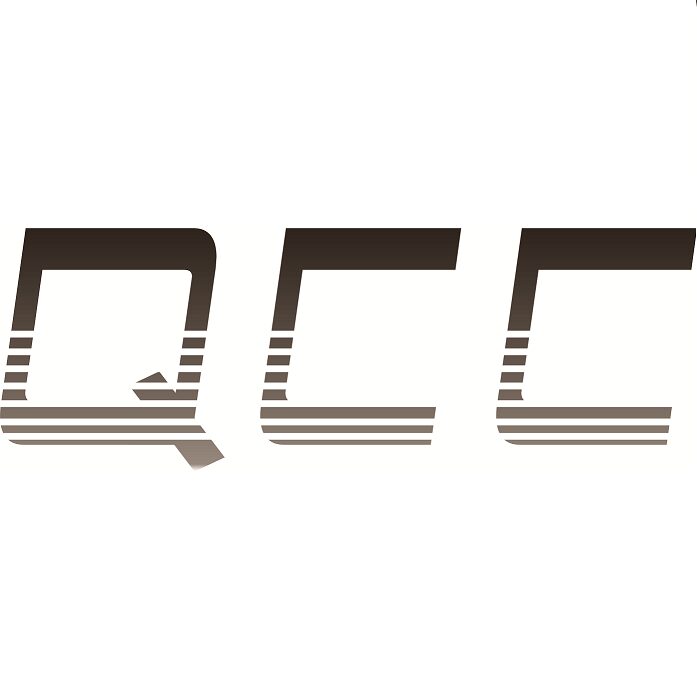Essential Tips and Strategies for Achieving Quality Compliance
Sep 30,2025

Achieving and maintaining quality compliance is a critical step in ensuring that products and services meet required standards and regulations.
Whether in manufacturing, healthcare, or food production, organizations must adhere to quality control systems to protect public health, improve operational efficiency, and earn stakeholder trust.
This article explores key techniques and strategies to help organizations successfully navigate the complexities of quality compliance, ensuring regulatory compliance while fostering a culture of continuous improvement.
Understanding Quality Compliance
Quality compliance involves ensuring that products, services, and processes adhere to predefined standards and regulations.
These standards could be global frameworks like ISO 9001, industry-specific requirements such as Good Manufacturing Practices (GMP), or local regulations set by agencies such as the U.S. Food and Drug Administration (FDA).
Compliance helps guarantee that organizations consistently produce safe, effective, and high-quality products while minimizing risks and enhancing customer satisfaction.
Building a Robust Quality Management System
A well-structured Quality Management System is fundamental to maintaining quality compliance. It serves as the framework that organizes the policies, procedures, and responsibilities necessary for achieving quality objectives.
A successful QMS not only helps organizations meet compliance but also ensures they continually meet customer expectations.
For a QMS to be effective, quality policies must be clearly defined, and measurable goals should be established to align with both regulatory requirements and customer needs.
Additionally, well-documented procedures and work instructions should be created to ensure consistency across all operations. By clearly outlining roles and responsibilities, a QMS can also guarantee that each team member knows their part in achieving quality goals.
Continuous evaluation through audits and management reviews is also essential in any QMS. Regular audits help organizations assess the system’s effectiveness and address any non-compliance or areas for improvement.
Fostering a Culture of Quality
Quality compliance is not solely about following rules; it’s about cultivating a mindset where quality is embedded in every aspect of the organization’s operations.
A culture of quality begins with leadership. Management must lead by example, showing a strong commitment to both quality and compliance through their actions.
When employees see that quality matters to leadership, they are more likely to take it seriously themselves.
Equally important is employee engagement. Everyone within the organization, from top management to front-line workers, should be actively involved in quality initiatives.
This engagement fosters a sense of ownership and accountability across the board. Regular training and development programs ensure that employees are well-equipped to meet quality standards and stay updated with any regulatory changes.
Encouraging open communication within the organization helps identify quality issues early on and allows for continuous learning and improvement.
Effective Risk Management
Risk management is a critical element in quality compliance. By proactively identifying potential risks, organizations can mitigate issues before they affect the quality of products or services.
Regular risk assessments should be conducted to evaluate areas where non-compliance might arise, whether from process deviations, inadequate supplier performance, or unforeseen regulatory changes.
Once risks are identified, effective mitigation strategies must be implemented. This could include tightening controls, changing suppliers, or revising existing procedures to prevent issues.
Risk management isn’t a one-time activity; it should be a continuous process that involves monitoring and adapting to new risks as they emerge.
Leveraging Technology for Better Compliance
Modern technology plays a significant role in improving quality compliance. Software solutions and automation can streamline processes and reduce human error, making compliance management more efficient.
By automating data collection and analysis, companies can ensure that quality metrics are monitored in real time, allowing them to identify issues faster and address them proactively.
For example, using electronic document management systems helps maintain accurate records and ensures that all documents are up to date and easily accessible for audits.
Compliance management software can generate reports that demonstrate adherence to regulatory standards, simplifying the audit process and reducing the administrative burden.
Adopting technology solutions not only increases efficiency but also strengthens the overall compliance strategy by ensuring consistency and transparency throughout the organization.
Regular Audits and Inspections
Audits and inspections are integral to assessing the effectiveness of the quality compliance process. Regular internal audits help identify areas of non-compliance or inefficiency, allowing organizations to address issues before they escalate.
Supplier audits are equally important to ensure that third-party vendors are also adhering to the same quality standards and regulations.
Additionally, organizations should be prepared for regulatory inspections. Proactively ensuring that internal processes align with external regulatory requirements ensures that organizations can easily demonstrate compliance during official inspections.
Preparing for these inspections is not about avoiding fines but about showing that the company is committed to delivering high-quality, safe products.
Maintaining Accurate Documentation
Comprehensive and accurate documentation is critical for ensuring quality compliance. This includes documenting policies, procedures, training records, audits, inspections, and corrective actions.
Proper documentation not only ensures that compliance standards are being met but also provides a clear audit trail for regulatory bodies.
Effective document control is essential, ensuring that all documents are appropriately reviewed, approved, and revised when necessary. This process also ensures that all employees are working with the most current and relevant information.
Well-maintained records of quality activities, such as training or corrective actions, demonstrate due diligence and adherence to regulatory requirements.
Staying Informed on Regulatory Changes
Regulatory requirements are constantly evolving, and staying informed about changes is essential to maintaining quality compliance.
Organizations must monitor updates from regulatory bodies and assess how these changes may impact existing processes. This includes keeping up with industry standards, guidelines, and international regulations.
When regulatory changes occur, it is crucial to evaluate their impact on internal procedures, retrain employees if necessary, and update documentation and work instructions to reflect the new requirements.
Proactively managing regulatory changes will help organizations stay ahead of compliance issues and reduce the risk of non-compliance penalties.
Promoting Continuous Improvement
Quality compliance should never be seen as a static achievement but as an ongoing journey of improvement.
A culture of continuous improvement ensures that an organization is not just meeting the minimum compliance standards but is always striving to enhance product quality, efficiency, and customer satisfaction.
By fostering a continuous improvement mindset, organizations can address not only current quality challenges but also anticipate future needs. Encouraging feedback from employees and stakeholders also contributes to identifying areas for improvement and implementing effective changes.
Conclusion
Achieving and maintaining quality compliance is crucial for organizations seeking to remain competitive and meet customer expectations.
A comprehensive approach—including establishing a robust quality management system (QMS), fostering a quality-driven culture, effectively managing risk, leveraging technology, conducting regular audits, and staying current on regulatory changes—is crucial to success.
By focusing on these strategies and continuously improving quality practices, organizations can not only meet regulatory requirements but also deliver superior products and services that satisfy customer needs, mitigate risk, and promote sustainable growth.
Quality compliance is more than just a requirement; it’s an opportunity to enhance an organization’s overall performance and reputation.
--- END ---
Products
Get A Free Quote
Related Blogs
QCC SAMPLE REPORT
For sample reports or custom checklists, please contact us – we're here to assist you.


 November 28,2025
November 28,2025

